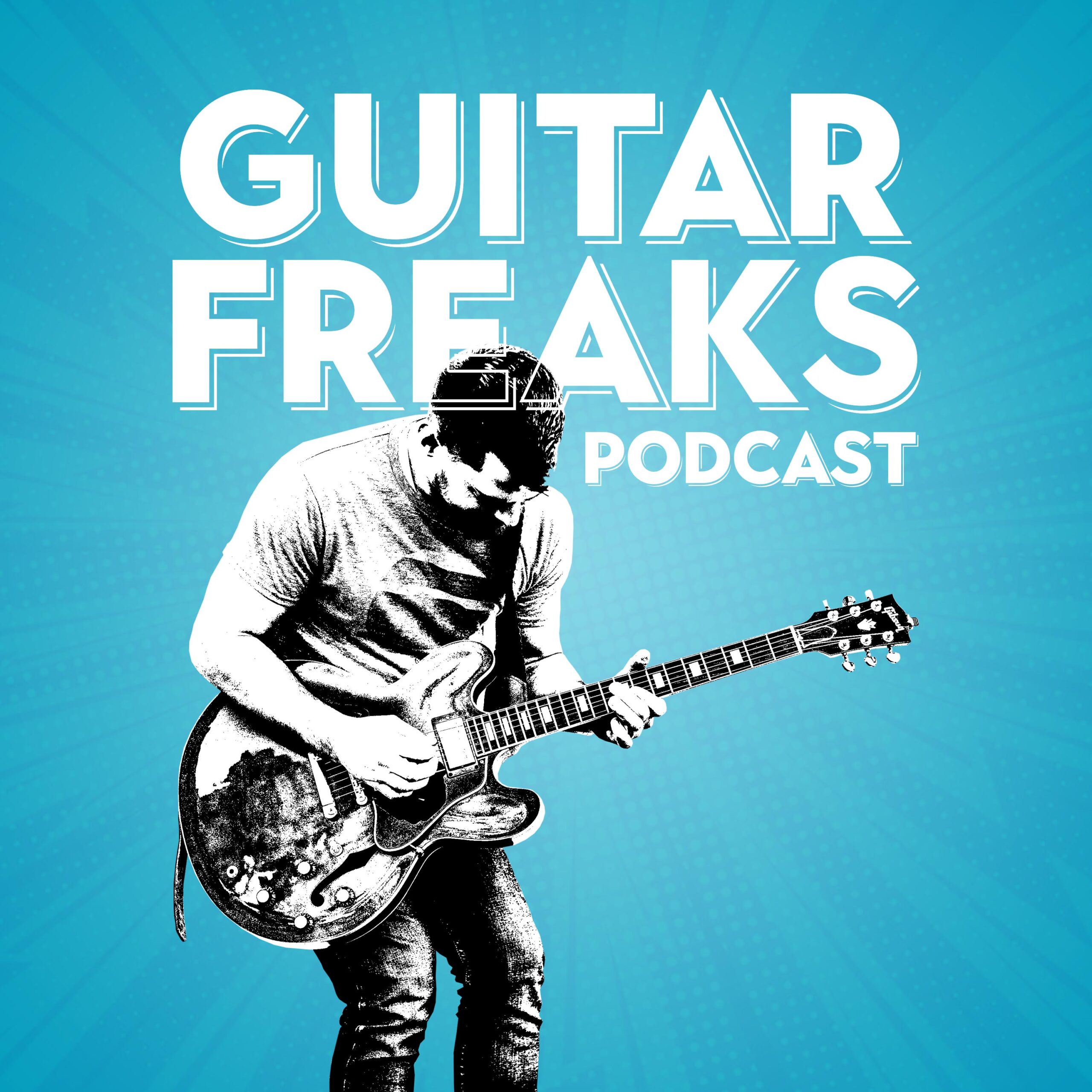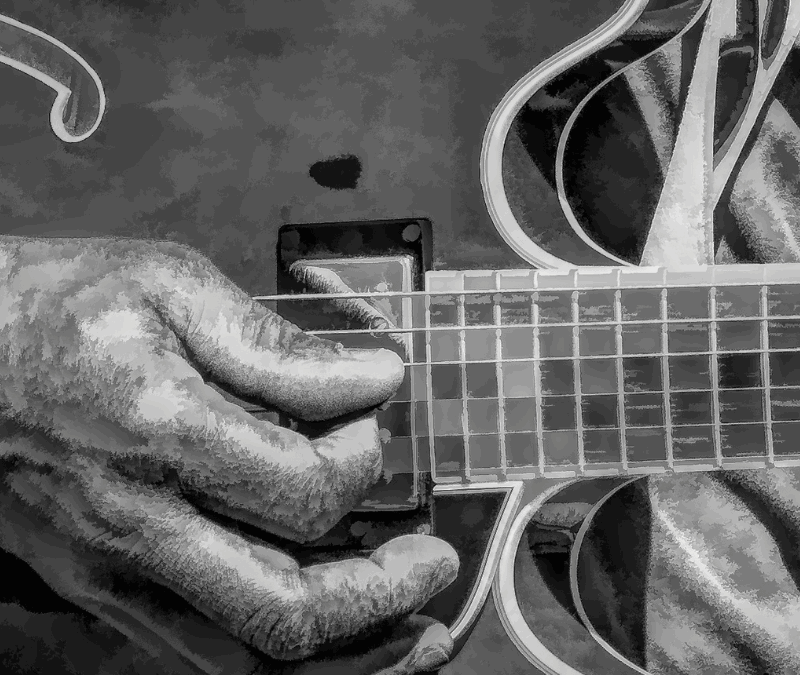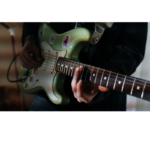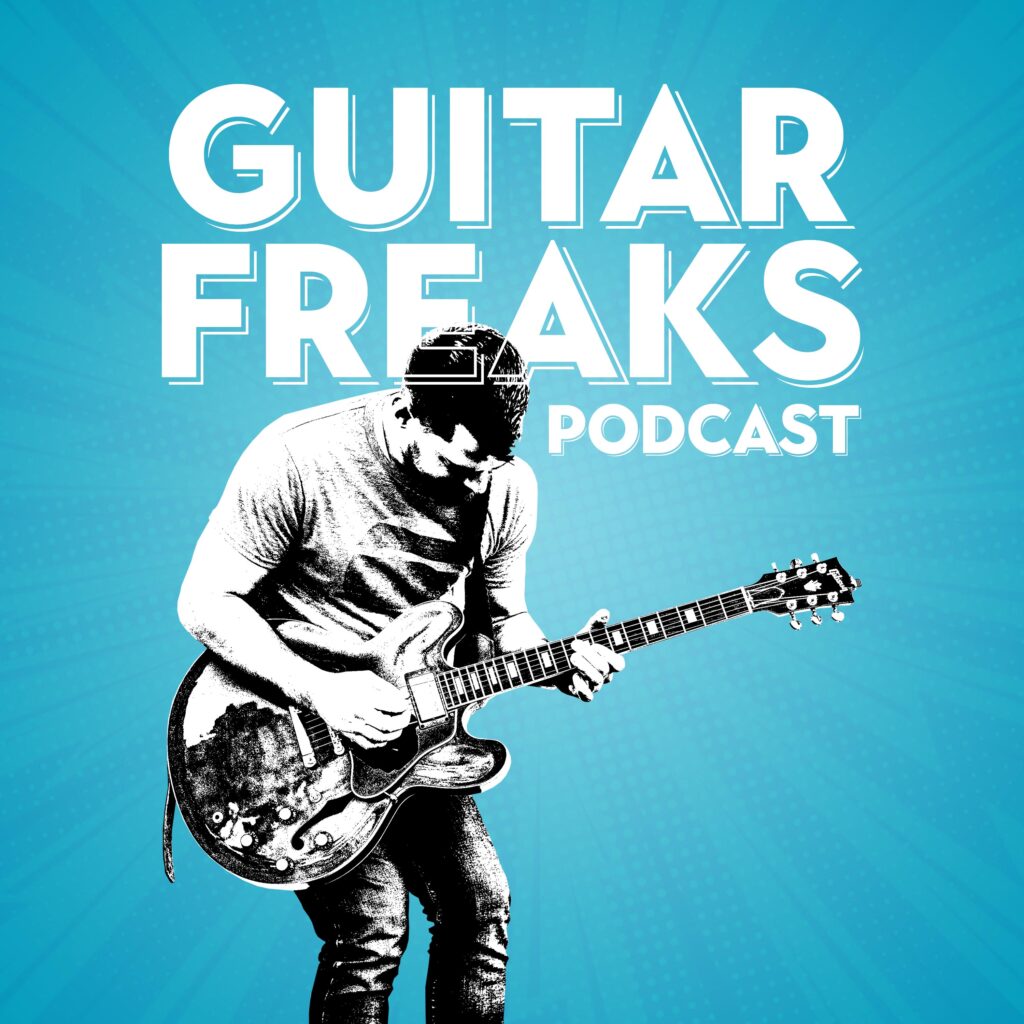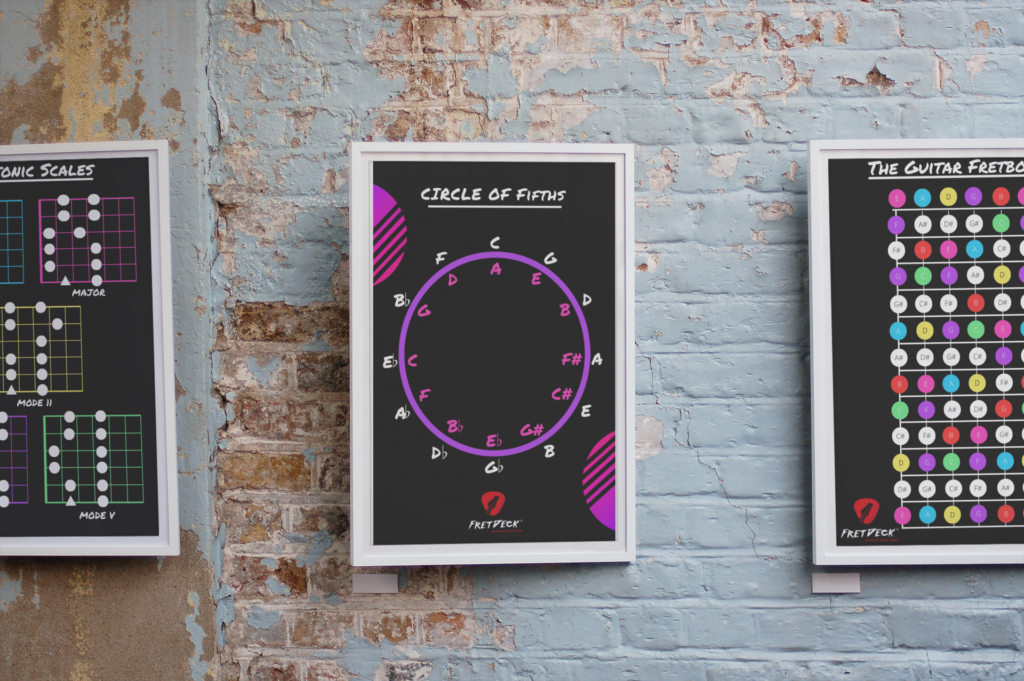Ever feel like your solos keep running in circles?
You’re not alone. Most players hit a plateau when they don’t understand how to move across the fretboard in octaves. But once you unlock the power of guitar octaves, the entire neck opens up like a map you’ve been missing.
Let’s be honest—guitar octaves are one of the most underused, understood, and underrated fretboard tools around. In this post, I’ll break down exactly how to find them, practice them, and use them to visualize scales, chords, and solos across the entire neck—no guesswork.
🤯 Why Guitar Octaves Are the Rosetta Stone of the Fretboard
You can memorize a hundred scale shapes and still feel lost. But octaves?
They give you a built-in compass for everything.
Every time you learn a note, scale, arpeggio, or chord tone—you can double or triple its power just by knowing where its octave is hiding. It’s like learning one word in a language and instantly knowing three versions of it.
Guitar octaves = shortcut to fretboard mastery.

❌ Stop Guessing. Start Shredding.
If you’re still fumbling through scale patterns and box shapes… it’s costing you progress.
FretDeck™ is the no-fluff system that shows you exactly how to master the fretboard—fast. Early access.
⚡️ This isn’t for dabblers. It’s for players who want results.
👉 Click here to join the pre-launch now
Early access. Limited rewards. Don’t wait.
🔍 So What Is a Guitar Octave?
An octave is the same note at a higher or lower pitch. On guitar, this means the exact same pitch class—just at a different register. Think: the low E string open and the 12th fret E on the same string. Same note, 12 frets apart.
Now, here’s the cool part:
Because of the way the guitar is tuned (mostly in 4ths, except for that pesky B string), octaves fall into predictable shapes.
🎯 The 3 Most Common Octave Shapes Every Guitarist Must Know
1. The Low String Shape
Root on the 6th string (low E)? Its octave lives two strings down and two frets up.
Example:
- 3rd fret on the low E (G)
- → 5th fret on the D string = G (octave)
Shape: E string → D string (down 2, up 2)
2. The A-String Shape
Same deal if your root is on the 5th string (A string).
Example:
- 5th fret on the A string (D)
- → 7th fret on the G string = D (octave)
Shape: A string → G string (down 2, up 2)
3. The G to High E String (B string shift)
If your root is on the 3rd string (G), your octave is up 3 strings and 3 frets because of that major 3rd interval between G and B strings.
Example:
- 5th fret on the G string (C)
- → 8th fret on the high E string = C
Shape: G → high E = down 3, up 3
⚠️ Important: The B string tuning shift throws off the shape. You need to compensate by adding 1 fret when crossing over it.
🧠 Why Practicing Octaves Improves EVERYTHING
Practicing octaves helps you:
- Memorize note locations
- Train your ear for pitch
- See scale patterns across the neck
- Build soloing vocabulary
- Understand chord voicings
- Improve visualization
When you know where every note repeats itself, you stop playing like a robot stuck in a box.
You start playing fluid, musical, and intentional.
🎸 The Guitar Octaves Exercise That Changes the Game
Here’s your 10-minute-a-day practice:
1. Choose a note (C, D, G, whatever).
2. Find it on every string.
3. Play the octave shape from each position.
4. Say the note name out loud every time you play it.
Bonus Tip: Use a metronome and let 4 ticks go by before you play each note. This builds internal rhythm and focus.
🔁 Octave Loops: The Secret to Fretboard Mastery
Take it to the next level by practicing Octave Loops.
Here’s how:
- Start on the low E string (e.g., 3rd fret = G)
- Find its octave on the D string (5th fret)
- Then jump to the G string (12th fret)
- Back to B string (8th fret)
- And finally the high E string (15th fret)
You’ve just looped the same note across the whole neck. Do this with every note. You’ll train your brain to see horizontal and vertical at the same time.
🎶 How Pro Players Use Guitar Octaves in Solos
Octaves aren’t just for Wes Montgomery (though he’s the master). Tons of players—Robben Ford, George Benson, even Tom Morello—use octaves for tone, texture, and motion.
Why?
Octaves create melodic punch without sounding cluttered. You double the melody and add depth. Try this:
Solo using only octave shapes for one chorus.
It forces you to phrase better, breathe more, and sound intentional.
📈 How to Use Octaves to Memorize Scales (FAST)
Take any scale pattern—major, minor, pentatonic—and ask:
“Where are the octaves in this pattern?”
This turns a blurry scale into a grid of anchors. If you can find 3 root notes across the fretboard in octaves, you’ll never lose your place again.
🎯 Octaves and Chord Tones: The Power Combo
Want to solo over chord changes like a boss?
Use octaves to track chord tones. Here’s how:
- Pick a progression (C – Am – F – G)
- Find the root note of each chord across the neck
- Connect them using octaves instead of running up and down scales
This makes your solos sound more melodic and connected—the opposite of noodling.
🧭 Octave Mapping: The Practice Method That Works
Practice Method:
| Step | Exercise | Time |
|---|---|---|
| 1 | Pick 1 note per day | 2 mins |
| 2 | Play it on every string | 3 mins |
| 3 | Play its octaves on each string | 2 mins |
| 4 | Say the names out loud | 1 min |
| 5 | Connect them using a melody | 2 mins |
Total: 10 minutes a day = transformation in 1 month
🧠 Make a Mind Map of the Neck (Using Octaves)
Eventually, you want to see the fretboard without looking. Octaves make this possible. Visualize your notes like a constellation: same stars, different locations.
If you can see where G lives in 5 spots, you’ve got control.
If you only know the 3rd fret on the E string? You’re walking in the dark.
🛠️ Apply It to Chord Inversions
Octaves help you unlock chord inversions too.
Example:
Take a C major triad: C – E – G
Play the E one octave higher, then voice the chord again.
Voila: you’ve created a C/E inversion.
Use this to:
- Create voice-led progressions
- Build spread triads
- Design lush chord melodies
👣 Don’t Let the B String Trip You Up
Remember the B string tuning break?
It shifts intervals up by one fret when crossing from G to B or B to E.
So, every octave that crosses the B string needs an extra fret added. This throws off many beginners. But now you know—and knowing means you never get lost.
💬 What Ethan Says About Octaves
“Every time I learn a new note, I immediately find its octave in at least three positions. That way, I can improvise and land anywhere I want. It’s not about scale shapes—it’s about visualizing the map.”
Preach.
🔥 Pro-Tier Octave Prompts
Here are 5 killer practice prompts to throw into your next session:
- Octave Jam: Improvise using only octaves for one backing track.
- Chord Track: Follow a simple progression and hit only chord roots in octave pairs.
- Bass-Line Builder: Play a funky bass line using octaves only.
- Octave Chord Melody: Write a melody and double it with an octave above.
- Sightless Octaves: Try to play a G major scale only using octaves—no looking!
🚀 Ready to Master the Neck?
You’ve got the octave shapes. You’ve got the method.
Now you need the tools.
👉 Join the FretDeck Kickstarter
FretDeck: Pentatonic Scales + Guitar Octave Cards will visually teach you every key, every octave, and every scale—all without memorizing boring theory.
And it’s launching this summer.
Join early and get:
- 🃏 Pentatonic Cards
- 🎸 Scale Mastery Mini-Course
- 💬 VIP invite to our private Discord: Guitar Freaks Hangout

❌ Stop Guessing. Start Shredding.
If you’re still fumbling through scale patterns and box shapes… it’s costing you progress.
FretDeck™ is the no-fluff system that shows you exactly how to master the fretboard—fast. Early access.
⚡️ This isn’t for dabblers. It’s for players who want results.
👉 Click here to join the pre-launch now
Early access. Limited rewards. Don’t wait.
💬 Join Guitar Freaks Hangout (It’s Free)
Every day, guitarists just like you are posting practice prompts, riffs, questions, and wins in our Discord.
🎧 Watch parties
🎯 Practice threads
🔥 Live Q&As
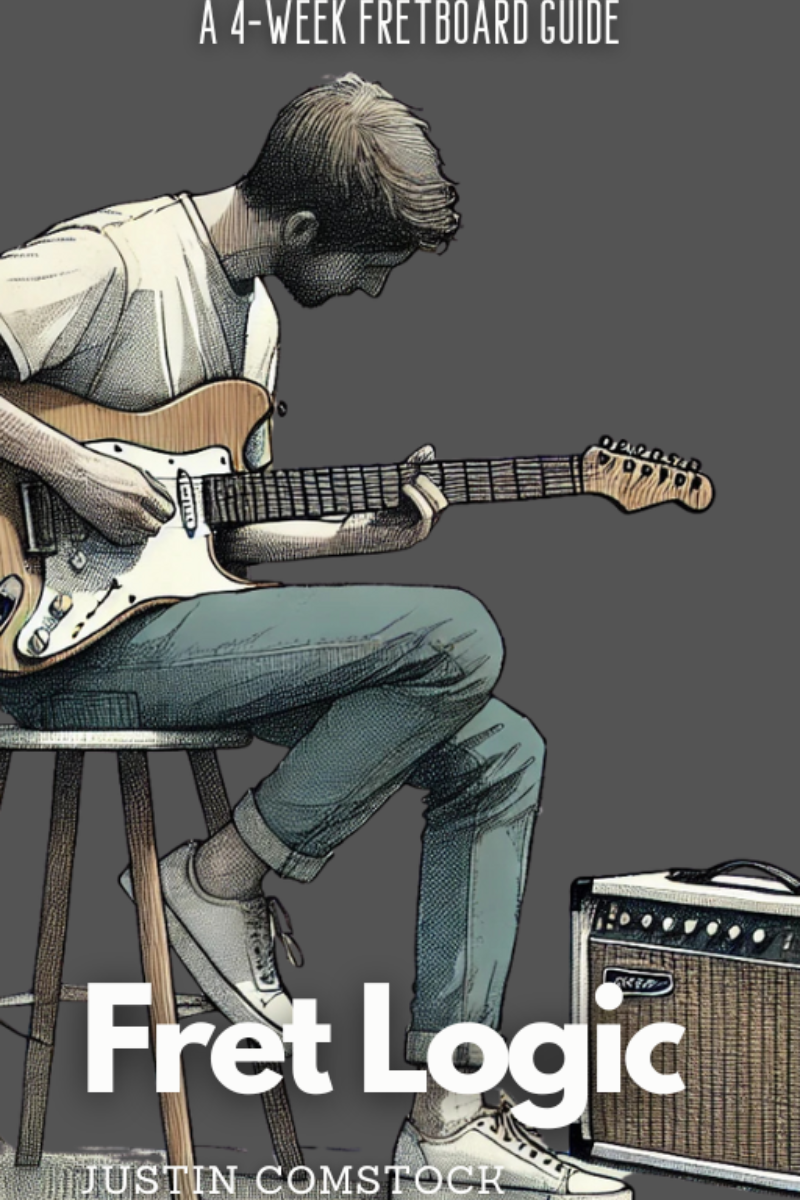
Join Guitar Freaks Hangout on Discord! 🎸
Get Fret Logic FREE!
Join the Guitar Freaks Hangout Discord and get exclusive access to my entire e-book, Fret Logic! Master the fretboard and elevate your solos with this comprehensive guide.
👉 Don’t miss out—join now and download your free copy!
🧭 TL;DR – The Guitar Octaves Cheat Sheet
| Concept | Summary |
|---|---|
| Octave = Same note at different pitch | E.g., G on 3rd fret low E = G on 5th fret D |
| Octave shapes | Most are down 2 strings, up 2 frets |
| Use in solos | Adds texture, melodic repetition |
| Use in scales | Helps you visualize root anchors |
| Use in chords | Enables inversions and movement |
| B string rule | Add one fret when crossing it |
✍️ Final Thoughts
You don’t need to memorize every fret.
Just master octaves, and the fretboard will start to light up like a map you can actually read.
Stop guessing. Start connecting.
✅ YES! I Want to Master Guitar Octaves
Click here to join the FretDeck Kickstarter →
5 Pentatonic Scale Shapes You Must Know
See how Wes Montgomery used octaves: JazzGuitar.be on Octave Playing
